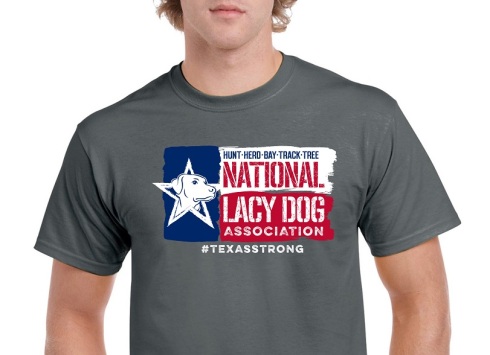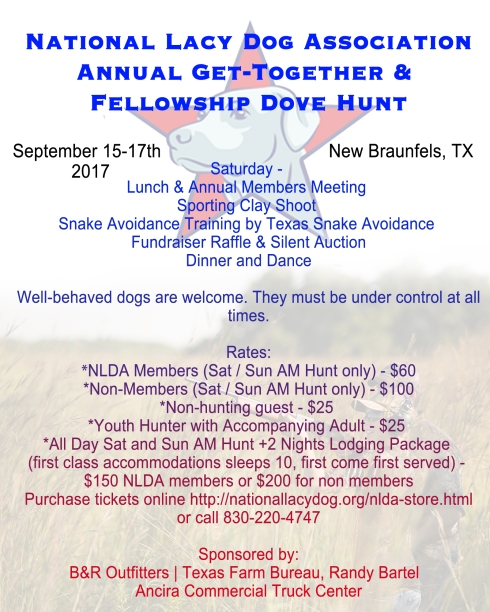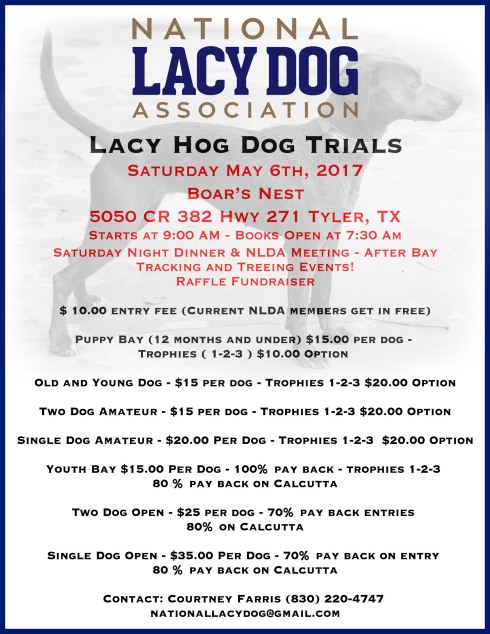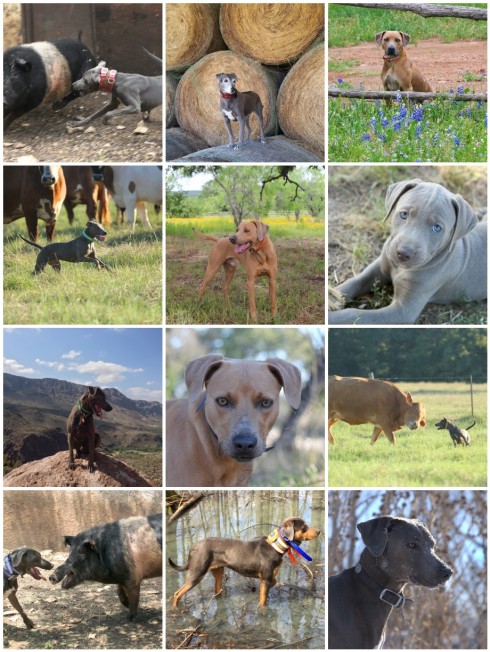I get a lot of questions about training a dog to hunt for shed antlers. Because I get so many questions about it and it is relatively easy to teach, I am going to start a blog on training a shed antler dog.
You don’t need a retriever to hunt for sheds. Any dog with good food or toy drive can be trained for antler hunting. Retrievers already have strong retrieving instincts and the physical strength to carry a good sized antler but even a small dog can be taught to locate them.
The focus of this blog will be on teaching a dog to work for a reward. Before we begin, let me say that in dog training, there are often many different methods to achieve the same goal and this is certainly not the only way.
Reward-based training is a little bit different from blood trailing and other prey-based hunting activities which are self reinforcing (the hunt or chase itself is rewarding to the dog.) We have to give the antler appeal, give the dog a reason to hunt for antlers, and make antler hunting a fun game that the dog is willing to perform in order to win a reward.
In case you are wondering, antler hunting will not interfere with your dog’s other jobs if you do your training correctly. If you have a blood tracking dog, cross training him to hunt sheds during the Spring and Summer will not interfere with his other jobs.
So first things first…
Let’s talk about antlers, because not just any old antler will do.
The type of antlers that work best for this kind of thing are very fresh antlers with pedicle attached. Most of the odor originates from the pedical. If you look closely at the image below, you can see these pedicals have hair and skin tissue still attached to them. If you could smell them, you would detect a distinct animal odor very much like the forehead of a buck in rut. If a person can smell this a few inches away, the dog certainly can smell it from several feet or even yards downwind.
These antlers are very white in color because they came from pen-raised deer but normally antlers that are very dry and sun-bleached are not good to use. These are “fresh picked” from a deer pen, even though they are white.

If your dog already enjoys playing with or chewing on antlers, you may be able to skip this step, but it’s a good way to teach a dog the foundations of scenting and searching behavior.
Before we introduce the target odor (antler odor) we are going to show the dog how to use its nose to search for a reward (in the form of food or a toy.) In the beginning, we are going to have the dog self-reward by finding the source and eating it or playing with it. The key here is that the search and find behavior is perfectly reinforced through the dog’s ability to self-reward at source.
I have had the pleasure of working with some very food-driven dogs so, for the purposes of this blog, I’ll be focusing on food rewards but if your dog is more motivated by a certain toy or ball (or an antler!) by all means, substitute that item for the food.
I start with a very high value treat. Soft, moist foods are easy to break up and have the most appeal. If your dog doesn’t go crazy for soft pressed dog treats, pieces of hot dog work wonders.
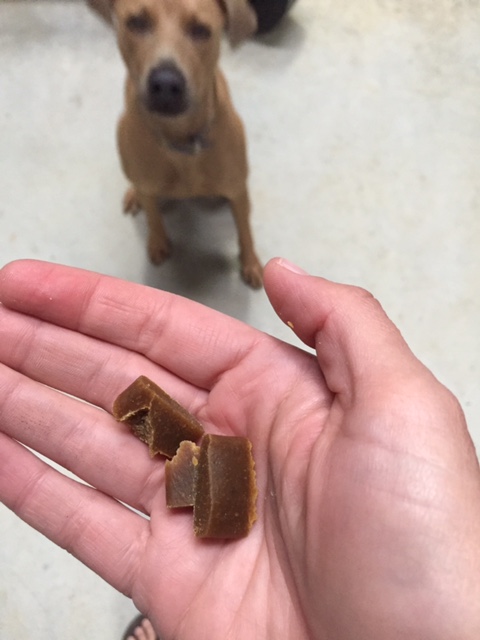
I crate the dog or put him in a place where he can’t see what is going on and hide a piece of food under a bucket or a rock. Then I take the dog out and allow him to search for the food. If your dog has a good handle and is good at following your hand signals and directions, you don’t need to leash him but a leash will help you control the search area and help the dog find the treats faster. Walk him by the hides and give him time to search and pin point the odor. Once he finds the treat, quickly reward him by offering another treat. It’s important to carry a few treats in a pouch or baggy in your pocket so that you can quickly reward a successful find. This will help once it’s time to pair the food odor with the target odor (in our case, antlers.) You want to reward the find as quickly as possible. (If using a favorite toy instead of using food for this step, this would be a good time to bounce or throw the toy.)
Once your dog is consistently locating pieces of food, we can either pair that odor with an antler by hiding food and antlers together or teach the dog to target the antler without pairing.
If you are going to pair, just hide the antler and piece of food together. Continue rewarding for a successful search & find and eventually remove the piece of food from the hide area. The dog should begin to target the antler in anticipation of a receiving a reward from you. This is why it’s important to continue rewarding a successful search with food out of your pocket. The dog knows every time he found that odor in the past, it has earned him a reward so he will continue to search for it in anticipation of winning another reward.
I’ve trained a dog with pairing and I’ve trained a dog without pairing. Most dogs do better with either one or the other. If you’re not going to pair odors, you’ll have to teach the dog to target antlers with a technique dog trainers refer to as “shaping.” When shaping behaviors, all we are doing is fine-tuning a behavior that your dog already knows.
In a nutshell, we make the antler appealing and give the dog a reason to pick up. I might start off teasing the dog with an antler and rewarding him for chasing, pouncing on, or picking it up.
At first, you might just be rewarding the act of sniffing the antler. If the dog occasionally picks it up, start administering rewards for that behavior only. If the dog picks it up and brings it to you, only reward that and not just picking the antler up and dropping it.
Dogs do what works. And any behavior that results in reward is more likely to be repeated.
The reward may come in the form of a piece of food or having the antler tossed for him. It really depends on what motivates the dog. Some are so motivated by play that the antler itself becomes a toy. Others are more motivated by the food they earn for picking the antler up and bringing it to your hand. Whatever the case may be, the reward adds value to the antlers and a highly motivated dog will not be able to resist picking them up to earn that reward.
If the dog loves to tug, tie the antler to a rope and drag or swing it around. Whatever it takes to get the dog engaged and then pay, pay, pay! by rewarding the dog with more play time or food. Every time he grabs the antler, chases it, or paws at it, praise and reward.
I am currently training a young dog that loves to find the antlers and play with them but he has a bad habit of taking them off then prancing around for a few seconds before laying down to chew on them or dropping them in favor of something else.
If your dog is doing this, put him on a long leash. Stand on the leash but make sure he has plenty of slack to run around. Now hand him the antler. Once he’s got it in his mouth, cup your hand under it. Don’t ask him to do anything and don’t try to take it away from him. Just wait it out. The instant he drops the antler, even if he doesn’t drop it in your hand, pick it up and hand it back to him. Better yet, toss it to him if he enjoys picking it up. Remember, antlers are hard and pointy and most dogs don’t enjoy playing “catch” with them. They’ll duck or dodge if an antler is thrown at their head. So be careful not to clock the dog while playing antler games.
In the next part of this blog, we will hide some antlers and begin showing the dog how to search for them. If you have any questions about any of the techniques up until now, please post them as I would love to answer them!















